The 1980s were a glorious time for pop music—big hair, bigger synthesizers, and some of the most memorable earworms ever to grace the airwaves. While many artists enjoyed sustained success throughout the decade, others blazed briefly but brilliantly across the cultural landscape, leaving us with just one massive hit before fading into obscurity. These one-hit wonders may have disappeared from the charts, but decades later, their signature songs continue to loop endlessly in our collective consciousness. Let’s revisit twelve ’80s musical moments that refuse to leave our heads, no matter how many years have passed.
1. “I Ran (So Far Away)” – A Flock of Seagulls (1982)

Perhaps more famous now for the lead singer’s elaborate waterfall haircut than for the song itself, this new wave classic with its atmospheric synths and echoing guitars perfectly captured the early ’80s aesthetic. The band’s distinctive look—particularly frontman Mike Score’s asymmetrical hairdo—became so iconic that it’s now immediate visual shorthand for ’80s excess, often parodied in films and television shows depicting the era. The memorable music video, with its liberal use of mirrors and visual effects, became an early MTV staple that helped propel the song up the charts. Of course, as explored by UNice Hair, they also influenced the hairstyles of an entire generation.
The dreamy, space-themed lyrics and hypnotic guitar riff create an otherworldly quality that continues to evoke the experimental spirit of early ’80s new wave. While A Flock of Seagulls released several albums and had minor hits with “Wishing” and “Space Age Love Song,” nothing came close to the cultural impact of “I Ran,” which has since appeared in countless movies, commercials, and video games whenever filmmakers need an immediate sonic reference to the early MTV era. The band has become the quintessential example of an act remembered more for their look and one signature song than for their overall musical output.
2. “Come On Eileen” – Dexys Midnight Runners (1982)

When those fiddle strings start playing and the overalls-clad band launches into that infectious chorus, resistance is futile—you’re singing along whether you want to or not. The Celtic folk-rock fusion topped charts worldwide, driven by its irresistible tempo shifts, sing-along chorus, and distinctive instrumentation that stood out dramatically from the synthesizer-dominated pop landscape of the early ’80s. The memorable music video, featuring the band in workwear overalls and sleeveless shirts, created an instantly recognizable visual identity. The Great Irish Songbook explores exactly how long a journey this song went through to become a defining trait of the decade.
Though Dexys Midnight Runners had achieved previous success in the UK with “Geno,” American audiences knew them exclusively for “Come On Eileen,” which has since become a wedding reception staple and featured prominently in numerous films and television shows. The song’s tempo-changing middle section—where it dramatically slows down before building back to its frenetic pace—continues to confuse dancers on floors everywhere, yet somehow makes the song even more unforgettable. Kevin Rowland and his band continued making music for years afterward, but nothing ever approached the massive cultural impact of their ode to Eileen.
3. “99 Luftballons” – Nena (1983)
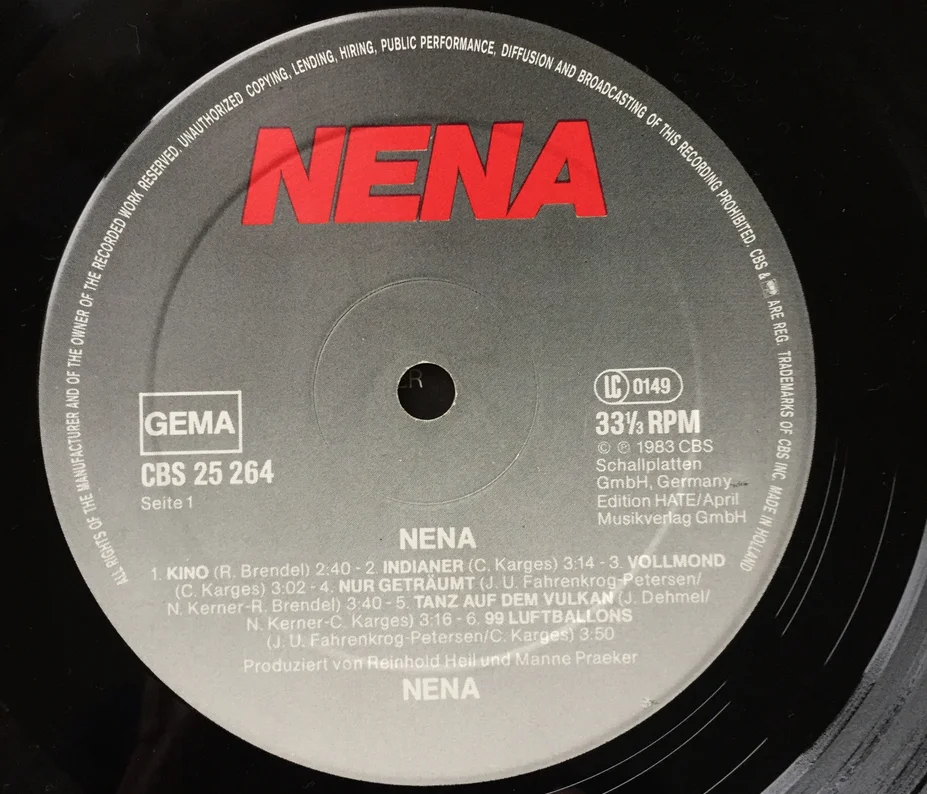
A rare German-language song to crack the American Top 10, Nena’s anti-war protest song about balloons triggering nuclear apocalypse somehow became one of the decade’s most danceable hits. The song’s catchy melody masked its serious subject matter—a Cold War commentary about how 99 red balloons released into the air are mistaken for a threat, ultimately leading to nuclear war. Despite most American listeners not understanding the lyrics, the song’s energetic delivery and memorable melody made it an unlikely hit on English-language radio. According to Music Business Worldwide, to this day, it is still relevant, even in the business side of the music industry.
Though an English version (“99 Red Balloons”) was recorded to capitalize on international success, many fans preferred the original German version even without understanding the words. Nena continued to enjoy a successful career in Germany but never again connected with English-speaking audiences in any meaningful way. The song has maintained remarkable staying power through its frequent appearances in ’80s-themed movie soundtracks and has become shorthand for Cold War tensions in popular culture.
4. “Take On Me” – a-ha (1985)
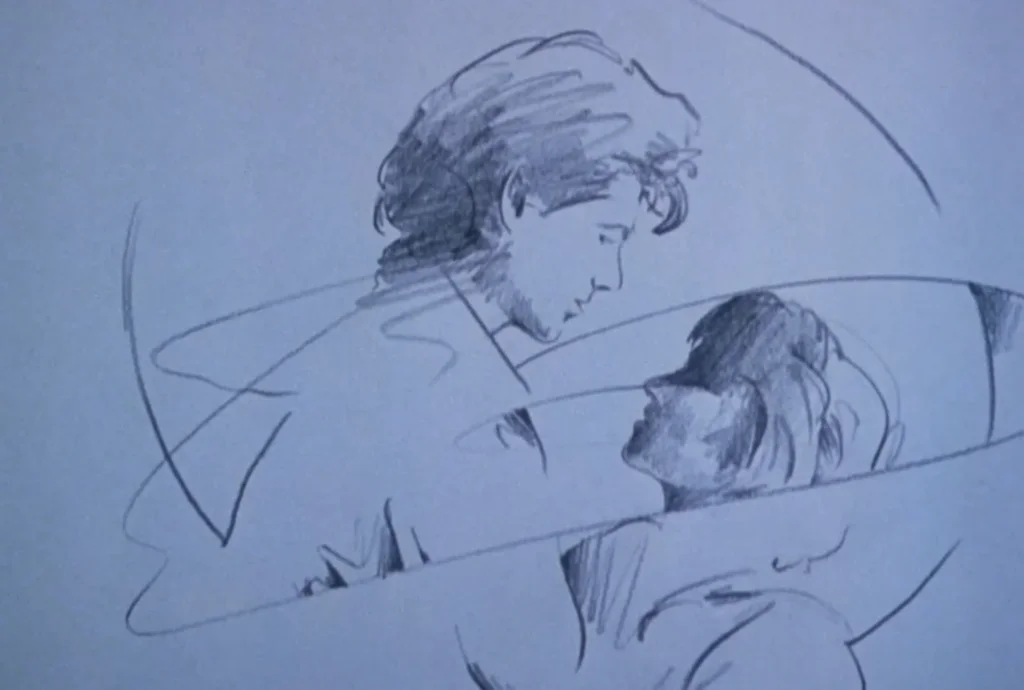
Few songs capture the essence of ’80s pop quite like a-ha’s synth-pop masterpiece with its impossible falsetto chorus and groundbreaking rotoscoped music video. The Norwegian band’s innovative pencil-sketch animation video, showing lead singer Morten Harket reaching through the pages of a comic book, won six MTV Video Music Awards and remains one of the most recognizable music videos ever made. That iconic keyboard riff and Harket’s vocal acrobatics—culminating in that legendary high note—still make people of all ages grab imaginary microphones whenever the song comes on.
While a-ha continued to enjoy massive success throughout Europe, particularly in their native Norway, American audiences largely remember them solely for this single chart-topping moment. The band has actually released ten studio albums and continues touring to this day, but for most Americans, a-ha remains forever frozen in that pencil-sketched comic book world of 1985. The song has experienced multiple revivals through its use in films, commercials, and as internet meme fodder, ensuring that new generations continue discovering its infectious hook.
5. “Safety Dance” – Men Without Hats (1982)
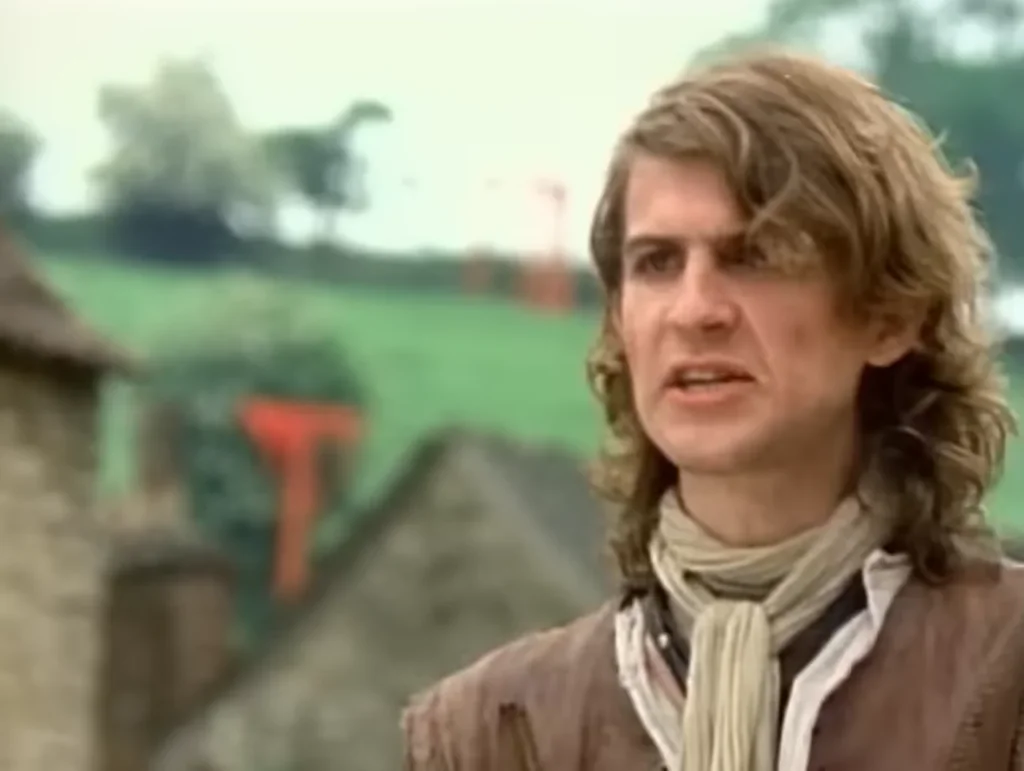
With its medieval-themed music video, quirky lyrics about dancing, and insanely catchy synth melody, this Canadian new wave hit remains one of the decade’s most distinctive musical moments. The song’s origins were surprisingly rebellious—lead singer Ivan Doroschuk wrote it as a protest against bouncers who were kicking people out of clubs for pogoing, a precursor to slam dancing. The memorable music video, featuring Morris dancers, a dwarf in medieval costume, and maypole dancing in an English village, had little to do with the song’s actual meaning but created unforgettable visuals that MTV viewers couldn’t get enough of.
The nonsensical yet somehow profound chorus (“We can dance if we want to, we can leave your friends behind”) has achieved an almost philosophical status in pop culture, regularly appearing in films, commercials, and as an internet meme. Men Without Hats continued recording and had minor success with “Pop Goes the World,” but nothing approached the cultural penetration of “Safety Dance,” which remains a staple of ’80s playlists and retro dance nights. Ivan Doroschuk’s distinctive, slightly nasal vocal delivery adds to the song’s quirky charm and instant recognizability.
6. “Tainted Love” – Soft Cell (1981)

This synth-pop cover of a 1964 soul song became one of the defining hits of the early ’80s, with its minimal electronic arrangement and Marc Almond’s emotionally raw vocals creating an unforgettable sonic identity. The stark, pulsing synthesizer and electronic handclaps created a stark contrast to the emotional vulnerability in Almond’s voice, establishing a blueprint for countless synth-pop tracks that followed. Soft Cell’s version drastically rearranged Gloria Jones’ original, slowing the tempo and adding an extended instrumental section that perfectly captured the experimental spirit of early ’80s electronic music.
The song’s enduring appeal has led to it being covered multiple times and sampled extensively in hip-hop and dance tracks, with its distinctive synthesizer hook immediately recognizable across generations. Soft Cell had modest success with follow-up singles like “Bedsitter” and “Say Hello, Wave Goodbye” in the UK, but American audiences primarily remember them for “Tainted Love,” which spent a record-breaking 43 weeks on the Billboard Hot 100 chart. The band’s dramatic sonic makeover of the original soul track demonstrated how electronic instruments could convey emotional depth, helping legitimate synthesizer-based pop in an era when it was often dismissed as gimmicky.
7. “Mickey” – Toni Basil (1982)
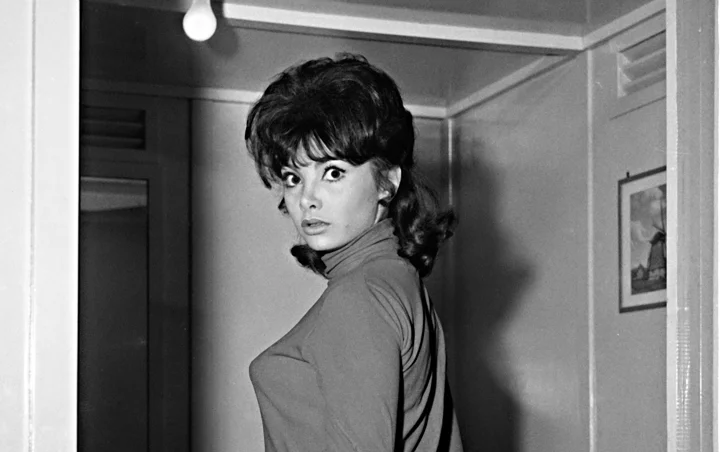
Cheerleader chants meet new wave in this impossibly catchy single that showcased former choreographer Toni Basil’s talents both vocally and in the pioneering music video featuring cheerleader routines. At 38 years old when the song hit—significantly older than most pop stars of the era—Basil brought years of professional dance and choreography experience to her performance, creating one of MTV’s earliest viral sensations with her cheerleader-themed video. The song itself was actually a gender-flipped cover of “Kitty” by UK group Racey, with Basil changing the subject to male and adding the iconic cheerleader chants.
The distinctive “Oh Mickey, you’re so fine” cheer has become embedded in popular culture, frequently appearing at sporting events and in films whenever a cheerleading reference is needed. Basil never again reached the same commercial heights, focusing instead on her successful choreography career, working on films and music videos for major artists. The song’s simple, repetitive structure makes it particularly susceptible to getting stuck in your head—once you hear those opening handclaps and “Oh Mickey” chant, you’re doomed to mental replays for days.
8. “867-5309/Jenny” – Tommy Tutone (1981)
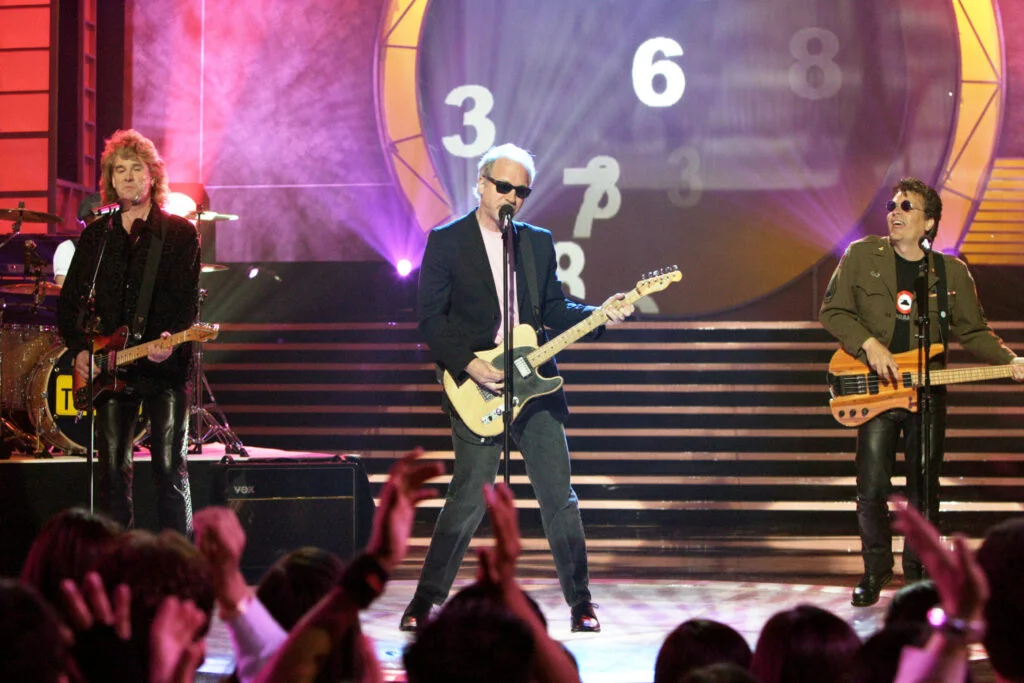
This power-pop hit about a phone number scrawled on a bathroom wall created one of music’s most memorable hooks and made the fictional Jenny’s phone number one of the most dialed in America. The song’s straightforward rock arrangement and easily shouted chorus made it an instant favorite on radio and in bars, while the simple narrative of a lovelorn man finding a number on the wall resonated with listeners. So many people called 867-5309 in various area codes across America that many businesses and individuals with the number had to change it—while others embraced the connection and built marketing campaigns around it.
Decades later, the number remains so recognizable that businesses have fought legal battles over the right to use it as a phone number, recognizing its marketing value. Tommy Tutone (actually the name of the band, not just the singer) released several albums but never again connected with listeners the way they did with “Jenny,” despite solid musicianship and other decent rock tracks. The song has achieved such cultural saturation that simply reciting the digits “867-5309” in sequence will cause many people to complete the pattern by adding “Jenny” automatically—a level of psychological conditioning that few pop songs can claim.
9. “Der Kommissar” – After the Fire (1983)

Though originally written and recorded in German by Austrian artist Falco, it was British band After the Fire’s English-language cover that became a hit in America, introducing stateside listeners to the emerging Euro-electronic sound. The song blended rock guitars with electronic elements and featured memorable spoken German phrases (“Alles klar, Herr Kommissar”) that American listeners gleefully attempted to mimic despite having no idea what they were saying. The track’s fusion of styles—part new wave, part early rap, part rock—captured the experimental spirit of the early ’80s music scene.
After the Fire had actually disbanded before the song became a hit in America, making them unable to capitalize on their sudden success—a quintessential one-hit wonder scenario. Ironically, Falco himself would later become a one-hit wonder in America with “Rock Me Amadeus,” making “Der Kommissar” a rare song associated with two different one-hit wonders. The track’s enduring appeal comes partly from its unique sonic fingerprint—there simply weren’t many rock songs with German phrases and proto-rap elements hitting the American charts in the early ’80s.
10. “Turning Japanese” – The Vapors (1980)
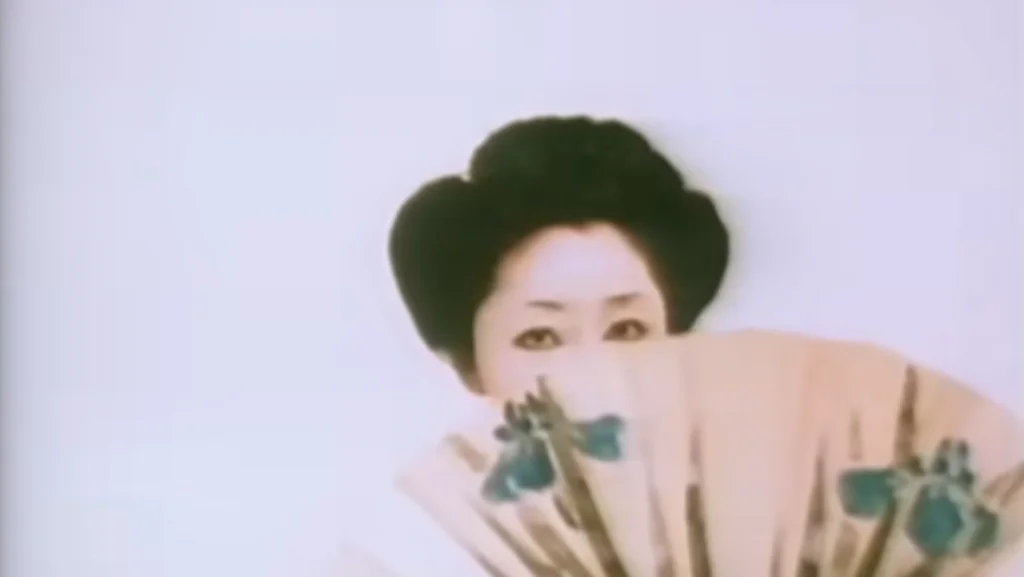
This high-energy new wave track with its distinctive guitar riff and quirky lyrics about obsession became a worldwide hit despite (or perhaps because of) widespread misinterpretation of its meaning. The song’s frantic pace and infectious chorus made it a favorite on early MTV and radio, while the Japanese imagery in both the lyrics and music video gave it a distinctive identity among the flood of new wave acts emerging at the time. Songwriter David Fenton has consistently maintained that the song is about the face you make during certain intense moments resembling a Japanese person—though most listeners assumed more risqué interpretations.
The Vapors disbanded shortly after their debut album, making “Turning Japanese” a textbook example of a promising band that never got the chance to build on their initial success. The song’s references to “pictures of you” and Japanese imagery have kept it relevant in the digital age, with some seeing it as oddly prescient about online culture and digital relationships. Despite occasionally being criticized for its stereotypical portrayal of Japanese culture, the song remains a staple of ’80s playlists and continues to resurface in films and commercials when filmmakers need to evoke the early part of the decade.
11. “Walking on Sunshine” – Katrina and the Waves (1985)
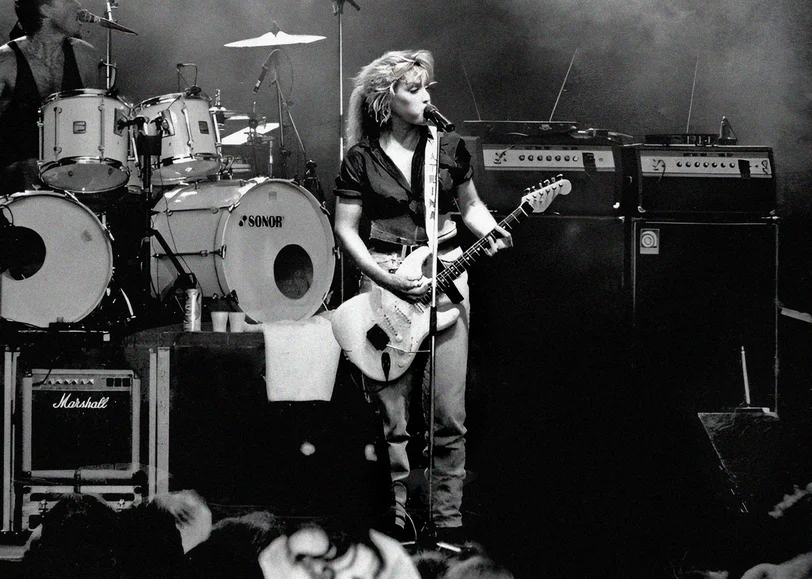
Few songs capture pure joy as perfectly as this exuberant hit with its brassy horns, upbeat tempo, and powerhouse vocals celebrating the euphoria of new love. The song’s relentlessly positive energy and anthemic chorus make it almost impossible to feel down while listening to it, which explains its enduring popularity in films, commercials, and public spaces. Katrina Leskanich’s powerful, raspy vocals perfectly complement the driving rhythm and bright horn section, creating a sonic package of pure optimism.
While Katrina and the Waves did win Eurovision for the UK in 1997 with “Love Shine a Light,” American audiences remember them almost exclusively for “Walking on Sunshine,” which has become one of the highest-earning songs in commercial licensing—reportedly generating millions in fees from movies, TV shows, and advertisements seeking to evoke instant happiness. The song’s continued use in media has ensured that each new generation discovers its mood-lifting properties, giving it a cultural longevity far beyond most other hits from the same era. Few one-hit wonders have been as financially rewarding as this one, with songwriter Kimberley Rew receiving substantial royalties decades after its release.
12. “Pass the Dutchie” – Musical Youth (1982)

This reggae-pop hit performed by five Birmingham schoolboys aged 11-16 became an unlikely international smash, making Musical Youth the youngest group to ever score a Top 10 hit in America. The song’s catchy melody and youthful exuberance helped mainstream audiences embrace reggae music, while the young age of the performers made them novelty favorites on TV and radio. Though many listeners missed it, the song was actually a child-friendly reworking of The Mighty Diamonds’ “Pass the Kouchie”—changing references to a marijuana pipe (“kouchie”) to a cooking pot (“dutchie”).
Despite their youth and infectious energy, Musical Youth couldn’t replicate the success of their breakout hit, though they did record with Donna Summer and were even nominated for a Grammy Award. The distinctive voice of young Kelvin Grant asking “How does it feel when you’ve got no food?” remains instantly recognizable decades later, and the song continues to appear in films and commercials seeking to evoke the more lighthearted side of ’80s pop culture. What seemed like a novelty hit at the time has proven to have remarkable staying power, with its upbeat rhythm and youthful enthusiasm continuing to connect with listeners who weren’t even born when it was released.
From Norwegian synth-pop to British schoolboy reggae, these twelve one-hit wonders represent a diverse cross-section of ’80s music that continues to resonate decades later. While the artists behind these songs may not have achieved lasting fame, their musical contributions have become permanent fixtures in our cultural landscape. There’s something almost magical about the one-hit wonder phenomenon—these songs seem to contain all the creative energy and distinctive personality that might otherwise have been spread across a career’s worth of hits, concentrated instead into one perfect, unforgettable moment of pop brilliance. Next time you find yourself unconsciously humming “Come On Eileen” or “Take On Me,” remember that sometimes one perfect song is all you need to achieve musical immortality.


